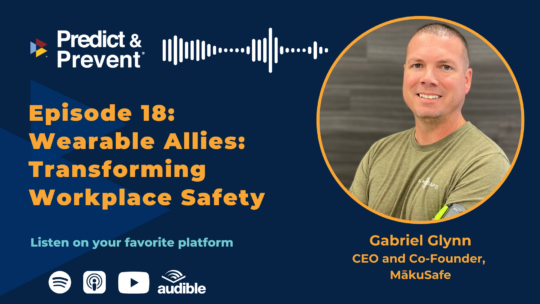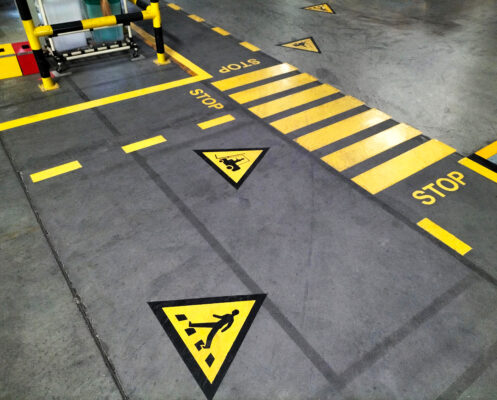Understanding the Importance of Real-Time Noise Monitoring in the Workplace
May 3, 2024
Workplace noise is often times an overlooked aspect of occupational safety. Tom West, Vice President of MākuSafe, shares insights into the significance of monitoring noise levels and the innovative solution MākuSafe provides to protect workers’ hearing and overall health.
The health risks of high noise levels
According to the CDC, repeated exposures to sounds that are 85 A-weighted decibels (dBA) or higher can cause permanent hearing loss and are associated with other serious health problems, including:
- Ringing in the ears (tinnitus)
- High blood pressure (hypertension)
- Cardiovascular disease
High noise levels can also contribute to serious workplace accidents and injuries. Noise can reduce workers’ awareness of what is happening around them, including signals, alarms, and verbal warnings, per the CDC’s National Institute for Occupational Safety and Health (NIOSH).
The advantages of real-time monitoring with MakuSafe wearables
Given the pervasive impact of noise, it’s crucial to adopt effective monitoring solutions. “Sound is such a big a deal and can have a very detrimental effect on health,” says West. Despite these risks, noise-induced hearing loss is nearly always preventable with the right precautions.
Real-time monitoring of an individual’s sound exposure is where MākuSafe technology shines. “When your workforce is outfitted with MākuSafe wearables, you’ve got multiple sensors moving throughout a facility constantly throughout the day. What you end up getting is a heat map of sorts that shows the sound levels throughout various areas of the facility,” West explains.
Unlike traditional methods, which often involve placing a stationary microphone in a single location for a day or two, MākuSafe wearables provide continuous, dynamic data collection. This approach offers more accurate and reliable information over time. “These moving sensors throughout a facility are far more accurate and provide a whole lot more reliable and usable information,” West adds.
Additional benefits of reducing noise exposure
Reducing workplace noise below 85 dBA is the best way to prevent occupational hearing loss and other effects from hazardous noise. According to the CDC, additional benefits of reducing worker noise exposure include:
- Less stress and fatigue
- Increased productivity and better morale
- Improved relations with management
- Lower workers’ compensation costs
Enhancing workplace safety with real-time data
Real-time noise monitoring not only helps in identifying hazardous noise levels but also aids in implementing targeted interventions. The data collected can be used to create safer work environments by highlighting areas where noise control measures are needed most. Over time, whether it be a day, a week, a month, or even a year, these insights help in maintaining optimal noise levels and safeguarding workers’ health.
MakuSafe wearables offer an innovative solution for real-time noise monitoring, providing comprehensive data that helps in creating safer, quieter work environments. By leveraging this technology, employers can better protect their workforce from the harmful effects of noise exposure.
For more information on creating a quieter workplace and protecting your employees from noise-induced hearing loss, read more here.





